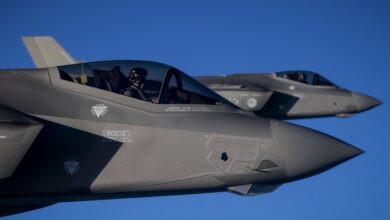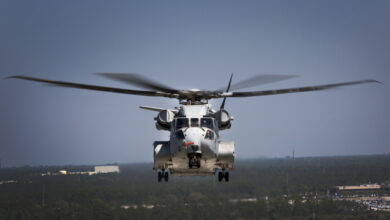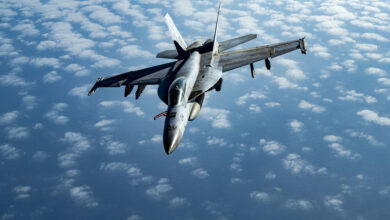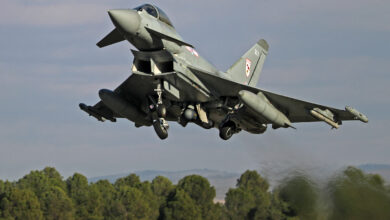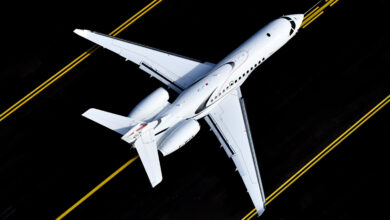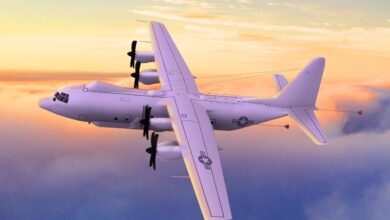General Atomics Tests Collaborative Platform for Crewed-Uncrewed Aircraft Teaming
General Atomics Aeronautical Systems (GA-ASI) has trialed its Autonomous Collaborative Platform mission system suite with drones and fighter planes to validate a multi-platform infrared sensing concept across different aircraft.
GA-ASI deployed its MQ-20 Avenger drone, a Sabreliner surrogate fighter, and two Tactical Support F-5 Advanced Tiger light fighters in the test.
All aircraft conducted coordinated maneuvers while sensing aerial targets within the infrared spectrum. Each was equipped with Lockheed Martin’s Tactical Infrared Search and Track (TacIRST) sensors.
‘Revolutionary Capability’
During the demonstration, the MQ-20 and Sabreliner were digitally connected through a mesh network for instant sensor data sharing, while General Dynamics’ open architecture mission computer EMC2 processed information from TacIRST to assist the aircraft in air-to-air target tracking.
“It demonstrated effective collaboration between four established defense prime contractors flying with advanced sensing, crewed and uncrewed teaming, and advanced airborne high-performance computing to meet challenging air dominance scenarios,” GA-ASI Advanced Programs Senior Director Michael Atwood explained.
“This is a clear demonstration of our rapidly maturing Autonomous Collaborative Platform mission system suite and moves us one step closer to providing this revolutionary capability to the warfighter,” Atwood said.
Five MQ-20 digital “twins” were also paired autonomously on a virtual collaborative mission.
“By leveraging open mission systems, our team has demonstrated that common platform integration is possible across a variety of vehicles bringing advanced capabilities to our warfighters quicker and more affordably,” Lockheed Martin Senior Program Manager Matthew Merluzzi said.



